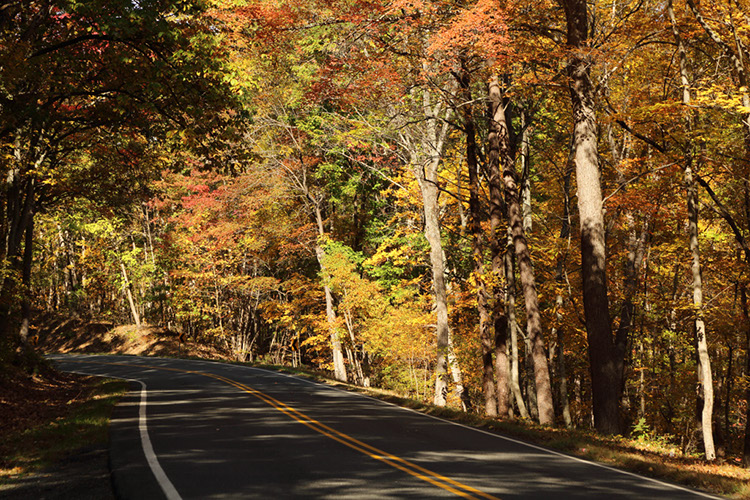Virginia Byway – Designation Process and Evaluation Criteria
 Byway Designation Process
Byway Designation Process
The Virginia Department of Transportation (VDOT) partners with the Virginia Department of Conservation and Recreation (VDCR) in evaluating roads for byway designation. Request for designation may be submitted to either VDOT or DCR. Anyone may request a byway be designated but the local government(s) must adopt a resolution of support for the designation
The following steps outline the Byway Designation process:
- Interest for designation is expressed to VDOT and/or DCR.
- An evaluation of the corridor is conducted. The evaluation includes researching local zoning laws, traffic volumes and accident reports and researching places of historical, natural or recreational significance. A joint field Inspection by VDOT and DCR is conducted of the corridor when trees are in full leaf.
- A decision determining suitability of corridor for designation is made.
- Local government(s) adopts resolution of support and submits to DCR and VDOT.
- Based on Evaluation DCR Director recommends qualifying roads to VDOT Commissioner for designation.
- A public hearing or multiple hearings are held on the proposed byway. VDOT and/or DCR will assist localities with hearing(s), if requested.
- Commonwealth Transportation Board designates byway.
- Signage Installed.
- The newly designated byway is added to the State Official Transportation Map State Map and Scenic Roads & Byways Map.
Evaluation Criteria
A road segment must substantially meet the following criteria to be considered for designation:
- The route provides important scenic values and experiences.
- There is a diversity of experiences, as in transition from one landscape scene to another.
- The route links together or provides access to scenic, historic, recreational, cultural, natural and archeological elements.
- The route bypasses major roads or provides opportunities to leave high-speed routes for variety and leisure in motoring.
- Landscape control or management along the route is feasible.
- The route allows for additional features that will enhance the motorist’s experience and improve safety.
- Local government(s) has/have initiated zoning or other land-use controls, so as to reasonably protect the aesthetic and cultural value of the highway.
To learn more contact Synthia Waymack.
Page last modified: Nov. 1, 2019



